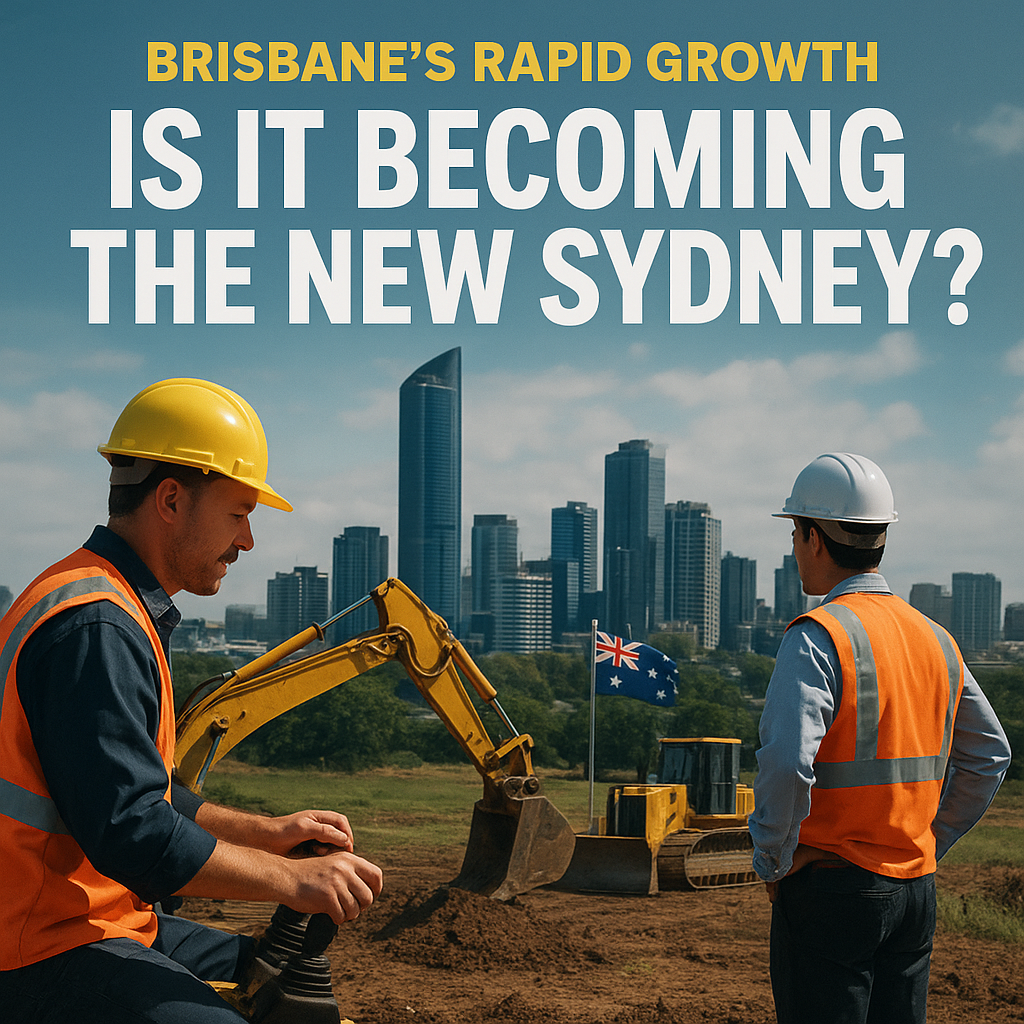Explore Brisbane’s rapid growth, population boom, property trends, and whether the city is transforming into the next Sydney.
Introduction
Brisbane’s population has surged by nearly 73,000 in the last year—one of the fastest growth rates among Australia’s major cities. With major infrastructure projects and economic expansion underway, many now ask: is Brisbane becoming the new Sydney? This article examines the city’s transformation, comparing Brisbane’s rapid growth to Sydney’s urban trajectory.
Brisbane’s Population Boom and Economic Expansion
Brisbane’s rapid growth is highlighted by recent statistics: the city is now home to approximately 2.78 million people, after adding nearly 73,000 residents in just one year—a 2.7% growth rate that matches Melbourne and far surpasses Sydney’s 2.0% rise. This boom is driven by both overseas migration and interstate arrivals seeking affordable living and new opportunities.
Economically, Brisbane’s job market is diversifying. Key industries such as technology, education, construction, and health services are surging, alongside significant investments in infrastructure. The CBD skyline is evolving with large-scale commercial and residential projects, including transport upgrades and the development of the Brisbane Metro transit system. These trends mirror the economic expansion that turned Sydney into an international metropolis.
Property Trends, Urban Sprawl, and Sydney Comparisons
Brisbane’s real estate market is experiencing sharp price rises—yet remains far more affordable than Sydney’s. While median house prices in Sydney still eclipse those in Brisbane by a large margin, strong demand and finite supply are fueling price growth and increased competition for housing. Key suburbs—like Ripley in Ipswich—have recorded the city’s highest annual growth, reflecting rapid suburban development and urban sprawl driven by new arrivals.
Infrastructure expansion is also echoing Sydney’s historical growth: major projects such as the Cross River Rail, airport redevelopment, and new school/health facilities are reshaping the metro area. The city’s international appeal has surged, drawn by improving amenities, universities, and a growing hospitality and cultural scene reminiscent of Sydney’s evolution in the late 20th century.
Despite these similarities, Brisbane still offers a distinct lifestyle advantage: a more relaxed pace, less congestion, and more green spaces compared to Sydney’s bustling core.
Brisbane’s Challenges and Future Outlook
The influx of new residents has brought challenges—rising cost of living, property affordability concerns, growing traffic congestion, and pressure on public services. Brisbane city planners are responding with urban renewal initiatives, smart city projects, and expansions in school and healthcare capacity.
The city’s economic outlook remains strong. Brisbane’s employment rate is robust, and the startup ecosystem is expanding as the region welcomes global businesses. Continued investment in public transport, waterfront development, and green space expansion is positioning Brisbane as a modern city of the future—with many hallmarks of Sydney’s transformation, but its own lifestyle advantages.
Conclusion
Brisbane’s rapid population and economic growth are transforming the city into a dynamic urban center—one that rivals Sydney on many fronts but maintains unique strengths in lifestyle, affordability, and livability. As Brisbane evolves, it is set to become not just the “new Sydney,” but a global city with its own distinctive appeal for new residents, migrants, and investors.


